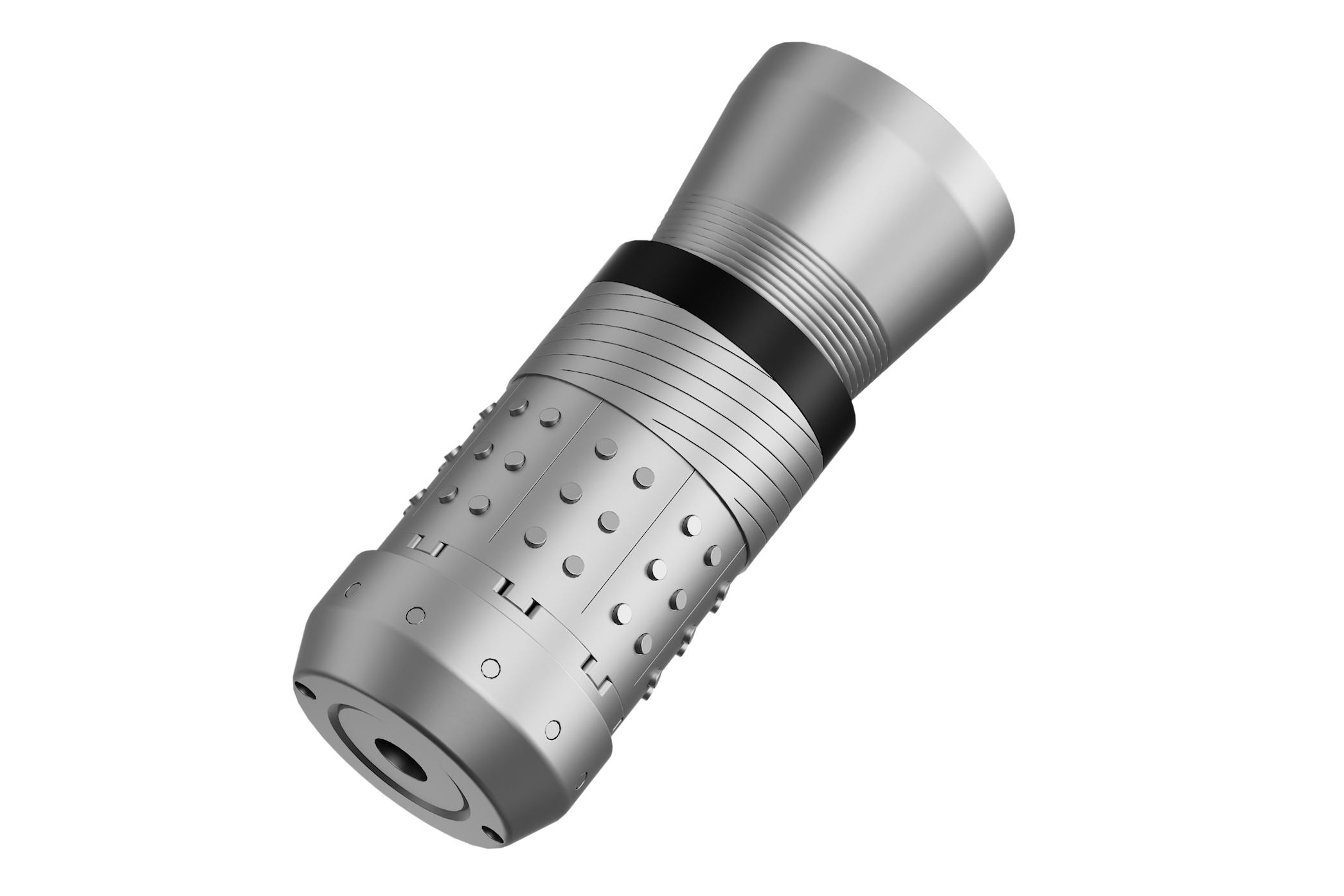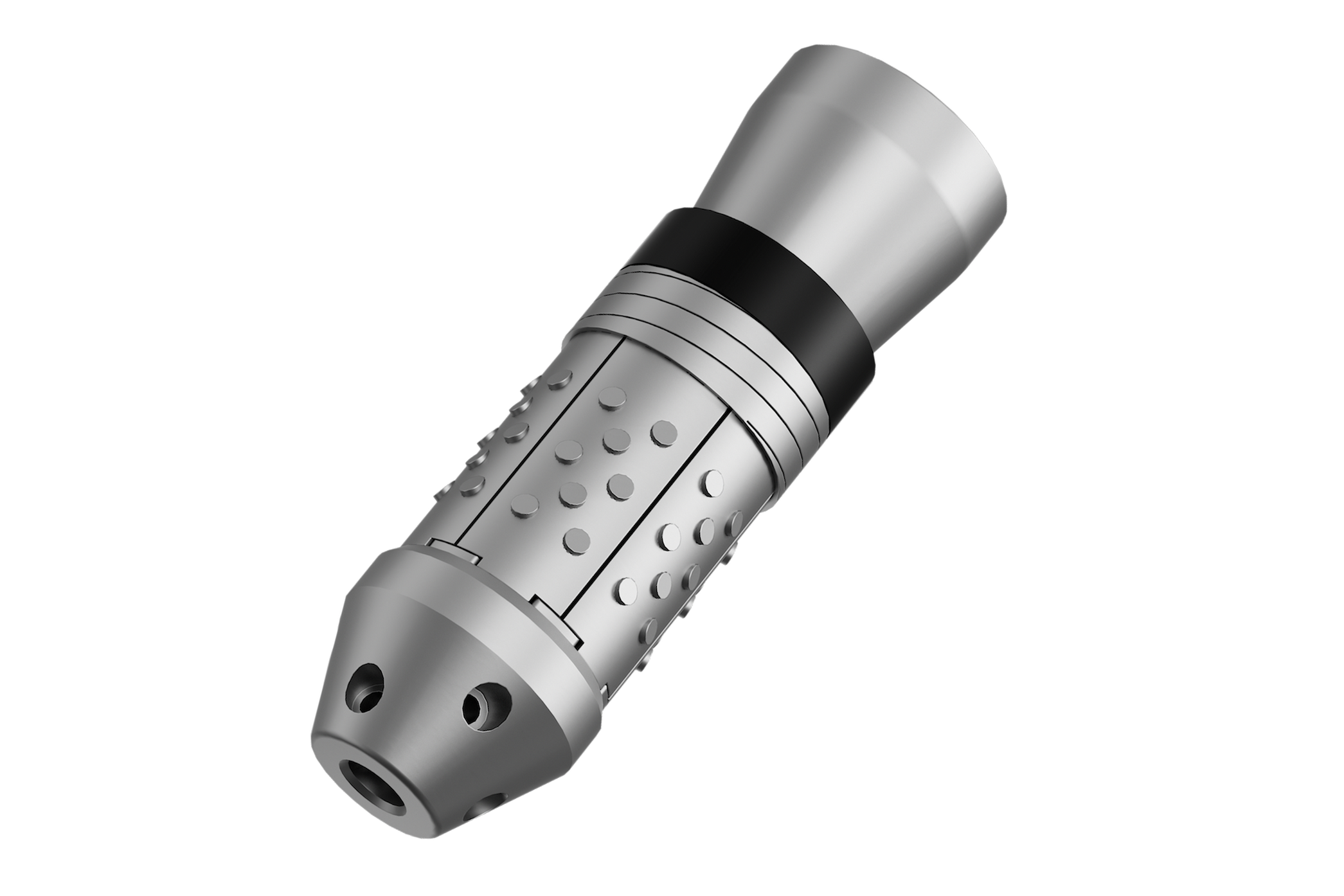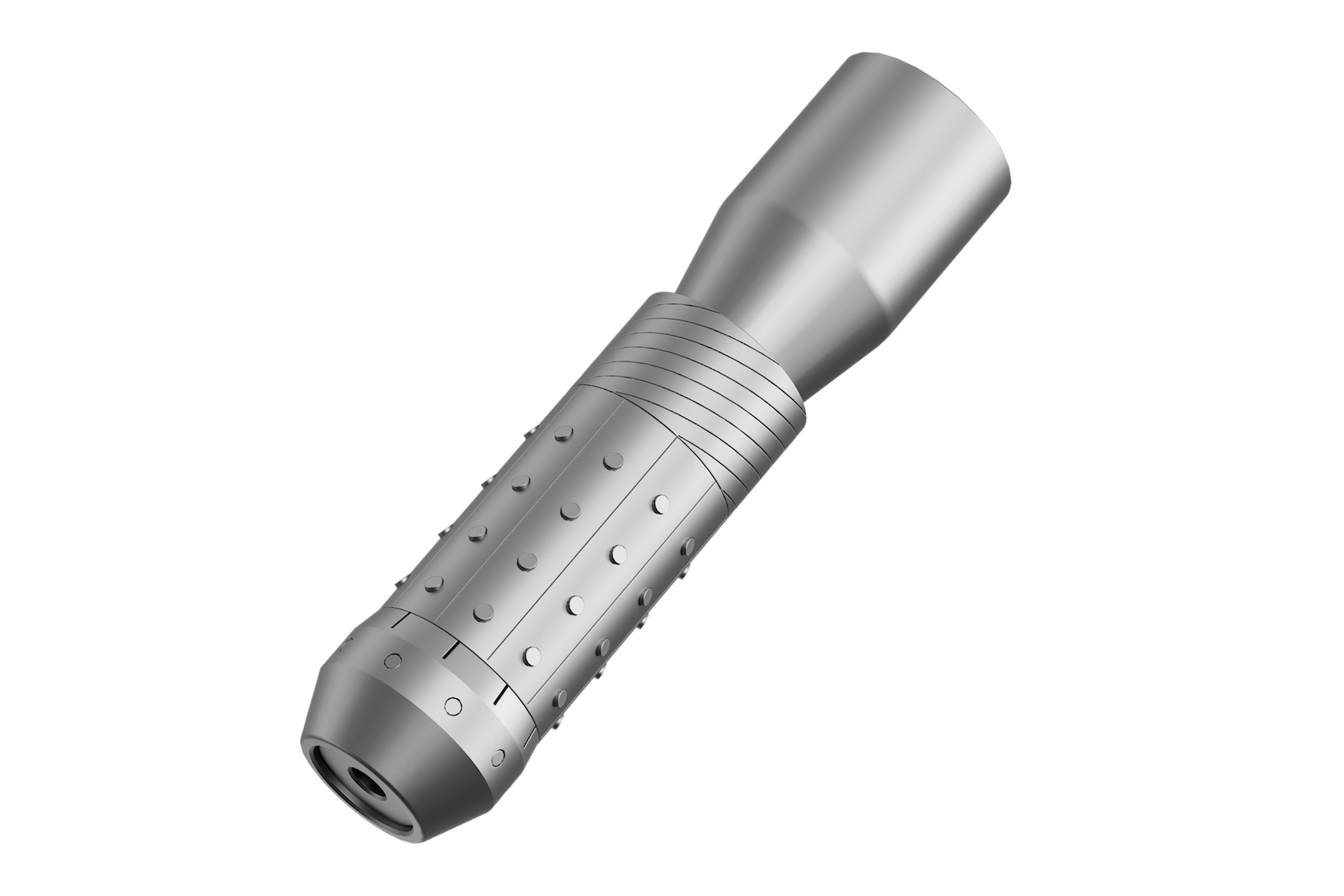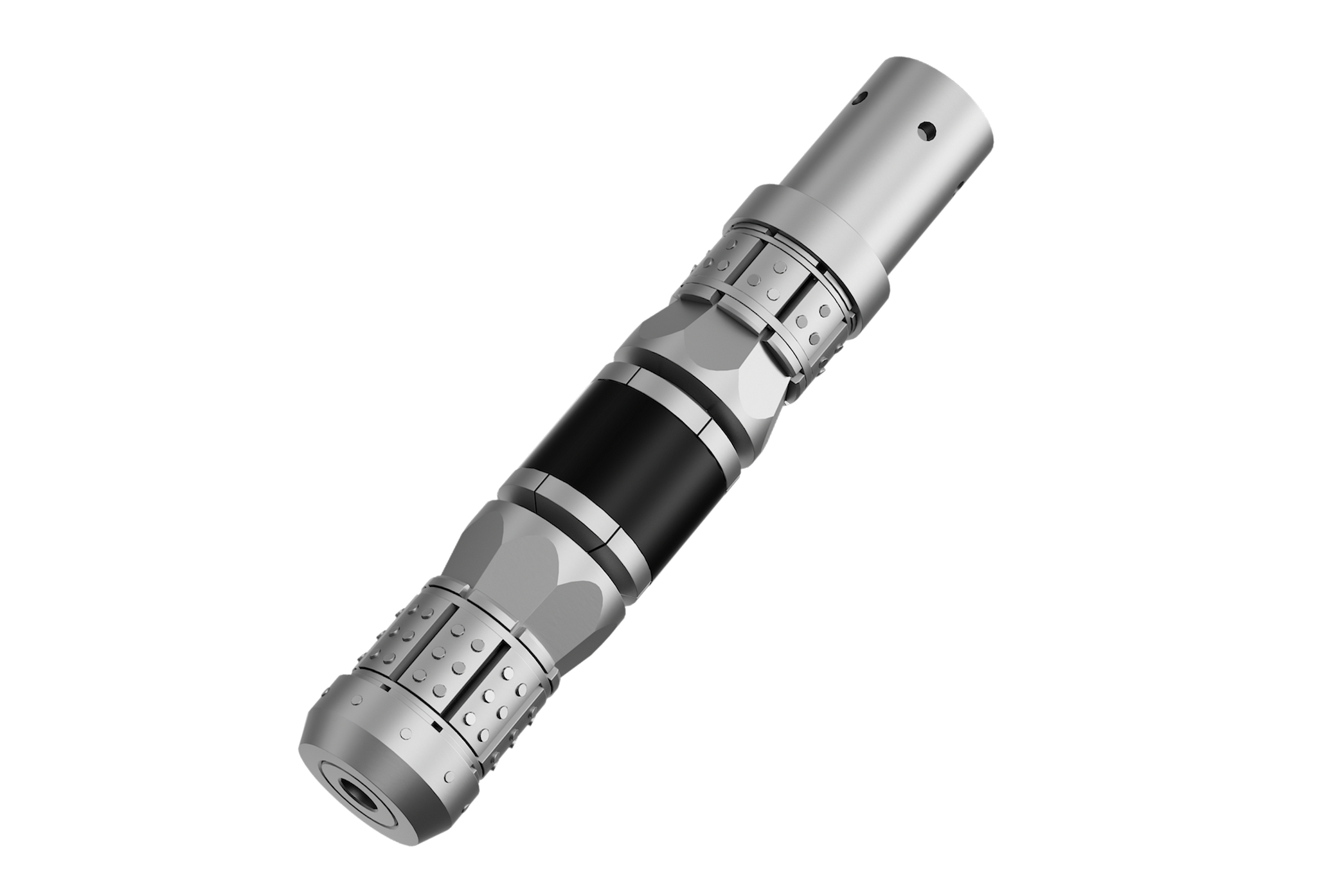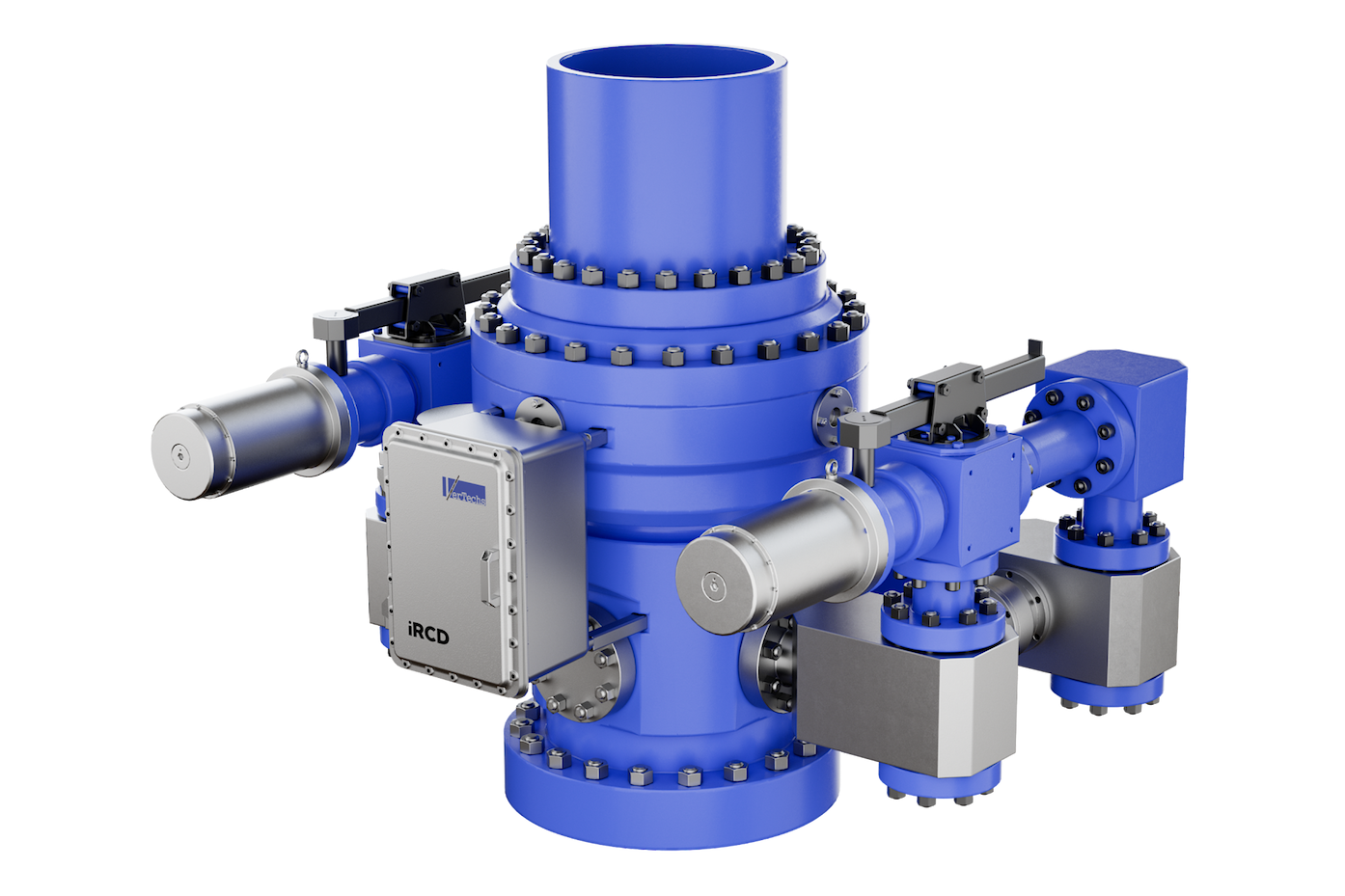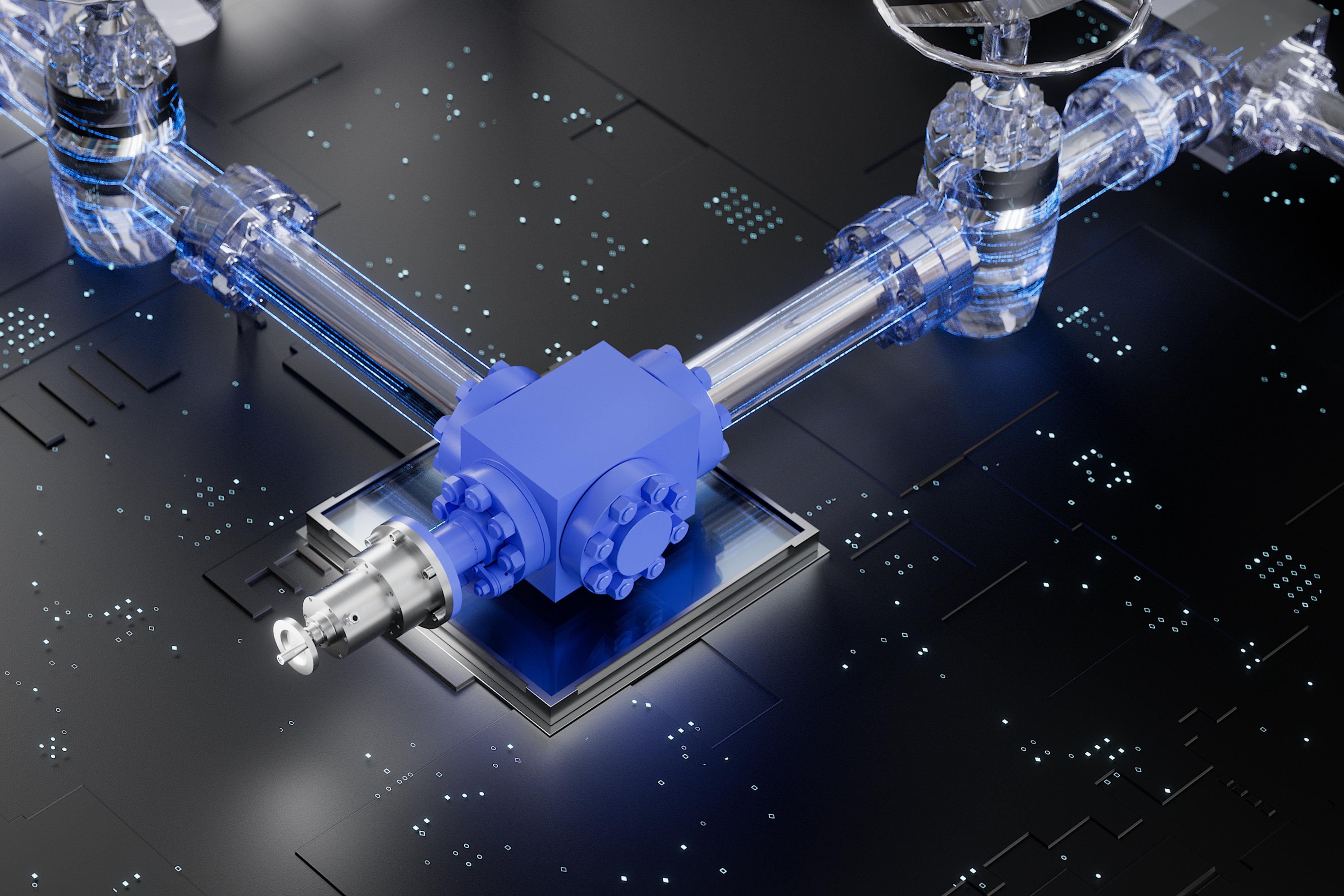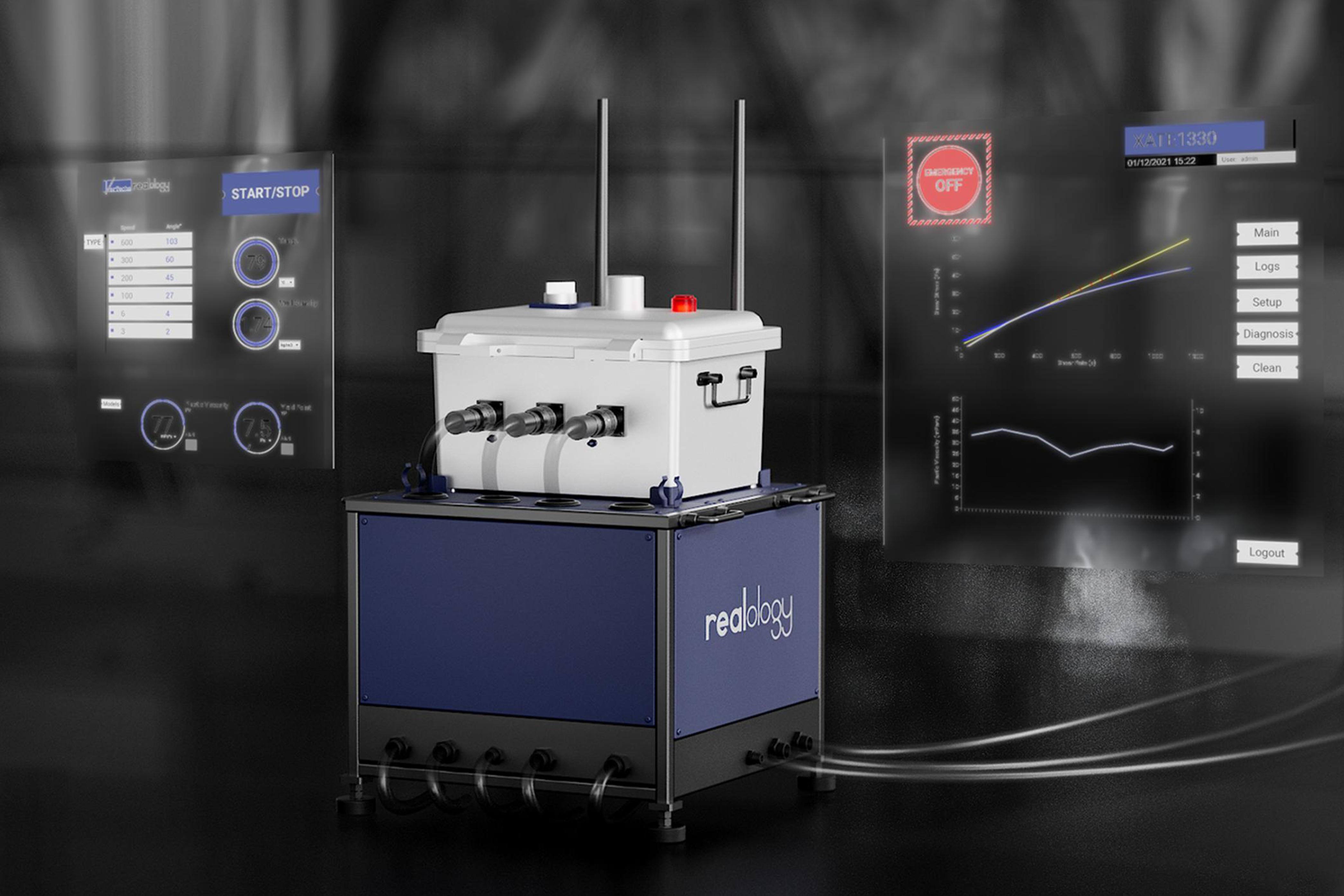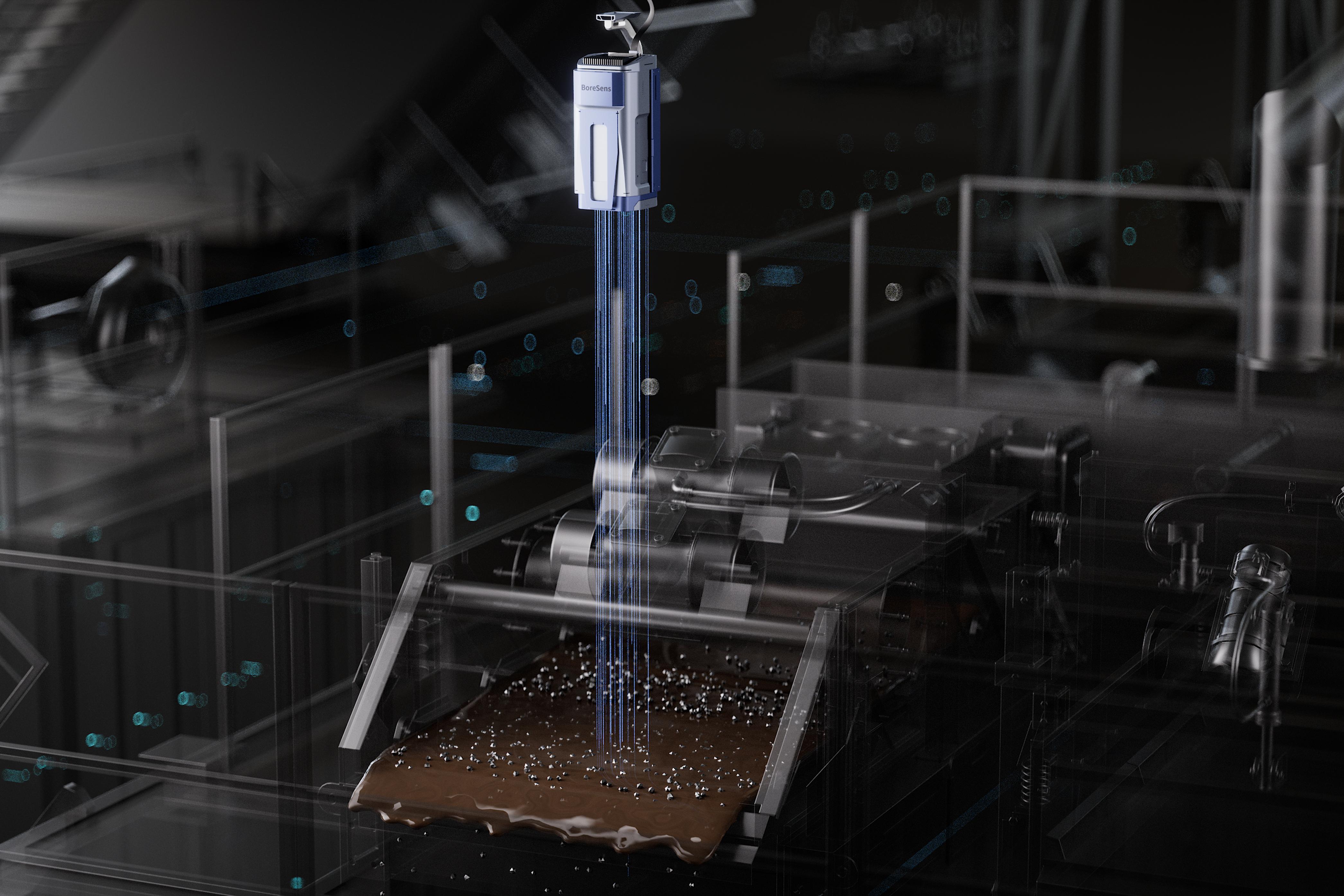Reducing Operational Risks with Intelligent Drilling Fluids Monitoring!
2025-11-14
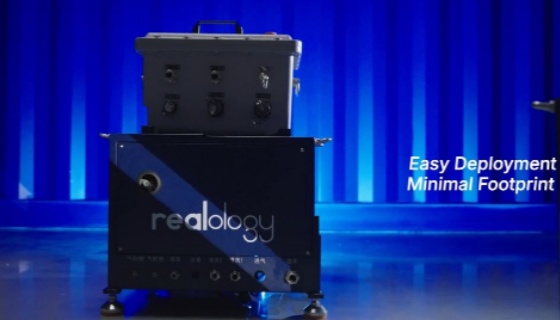
To ensure safety and performance, the oil and gas factory faces constant pressure. One biggest factors that affects drilling success is drilling fluid management. Improper monitoring many times leads to damage and environmental risks. Intelligent drilling fluid monitoring has become an essential tool for modern drilling operations. It helps in not only reducing operational risks but also improving performance. It also protects both workers and equipment.
Drilling Fluid and Its Importance
Drilling fluid is also famous as drilling mud. It is the lifeblood of every drilling operation. Several important functions are performed by it:
Lubricates and cools the drill bit
Carries rock cuttings to the surface
Maintains pressure balance in the wellbore
Protects the formation from damage
A well-maintained drilling fluid ensures smooth drilling and prevents blowouts or stuck pipes. Intelligent monitoring helps maintain these critical functions efficiently and safely.
Risks in Drilling Fluid Management
Even small mistakes in fluid management can lead to serious problems. Some common risks include:
Incorrect fluid density is causing an imbalance
Poor solids control leading to wellbore instability
Impure fluid reduces performance
Unexpected losses or gains in the well
All about Intelligent Drilling Fluid Monitoring
Intelligent monitoring uses smart sensors, automation, and real-time data analytics to track drilling fluid properties. Density, temperature, and flow rate are continuously measured by these systems.
The data is sent immediately to control rooms. Engineers can make fast adjustments before any problem. This approach helps prevent operational issues.
Improved Wellbore Stability
During drilling, maintaining a proper wellbore system is important. Intelligent monitoring helps in maintaining drilling fluid within safe limits. If the fluid turns heavy or light, the system alerts immediately. Early detection helps prevent wellbore collapse. Stable wells reduce downtime and improve safety for all workers.
Reduced Non-Productive Time
Downtime is costly in any drilling project. Intelligent systems help reduce non-productive time. This is done through instant and advanced data analysis. Real-time monitoring detects fluid loss or contamination. Operators can act fast, avoiding equipment damage or stuck pipes. Regular insights mean fewer interruptions and smoother performance.
Optimized Drilling Fluid Properties
The composition of drilling fluid changes during operations due to temperature, pressure, and contamination. Smart systems automatically measure and adjust fluid properties. Advanced software predicts how it will perform before it is mixed. This precision saves materials and ensures fluid quality remains inside.
Improved Environmental Protection
Uncontrolled fluid loss or discharge can harm the environment. Intelligent monitoring reduces risk by detecting early leakage. Sensors track fluid levels and waste volumes accurately. This supports the environment and reduces cleanup costs. Sustainable drilling becomes easier.
Increased Equipment Life
Equipment faces less damage when drilling fluid is managed correctly. Proper monitoring helps solids to be removed before they damage pumps. Clean fluids reduce friction. Moreover, they are also helpful in improving lubrication. As a result, the equipment lasts longer. Also, their maintenance costs decrease.
Costs Saving
Efficient fluid management saves money. Intelligent monitoring reduces waste and repair costs. Energy consumption reduces when drilling fluid properties are optimized. Projects finish with fewer delays. This leads to savings over time. The technology rapidly pays for itself by improving performance.
How Intelligent Monitoring Works in Practice?
Modern drilling fluid systems use multiple sensors placed all over the system. These sensors measure pressure and temperature. The collected data is obtained using AI. The system understands patterns, changes, and sends alerts. Operators can view dashboards showing details of the process. This maintains consistent quality and safety standards.
Challenges of Intelligent Drilling Fluid Monitoring
Smart systems require contributions in technology and training. However, the benefits are much better than the costs involved. As digital transformation continues, drilling fluid will become more accurate with time. Future systems will use advanced AI to improve automation.
Companies that evolve with changes early will have a strong benefit. It will provide them with safer and faster drilling.
Final Words
Intelligent drilling fluids monitoring helps in risk management. It improves safety and continuous tracking. Companies can maintain better drilling fluid balance. It is done by using advanced sensors at every stage.
The result for such companies is better machines and higher operational efficiency. Intelligent monitoring is not just an update; it is the future of safe and smart drilling.
FAQs
Q. What is the function of drilling fluid?
A. Drilling fluid cools the drill bit and maintains wellbore pressure balance.
Q. How is intelligent monitoring helpful in drilling operations?
A. Drilling fluid properties are tracked by intelligent monitoring in real time. It helps in risk prevention and improves efficiency.
Q. Is drilling fluid expensive?
A. Initial costs are there, but reduced damages benefit in the long term.
Q. Can intelligent monitoring reduce environmental impact?
A. Yes. It detects early leakage and reduces waste. Also, it ensures compliance with environmental standards.
Read Our One More Blog(1): Mastering Modern Drilling: How Advanced Well Control Systems and Services Enhance Safety and Efficiency
Read Our One More Blog(2): A Complete Guide to Selecting the Right Rotating Control Device for Your Project


